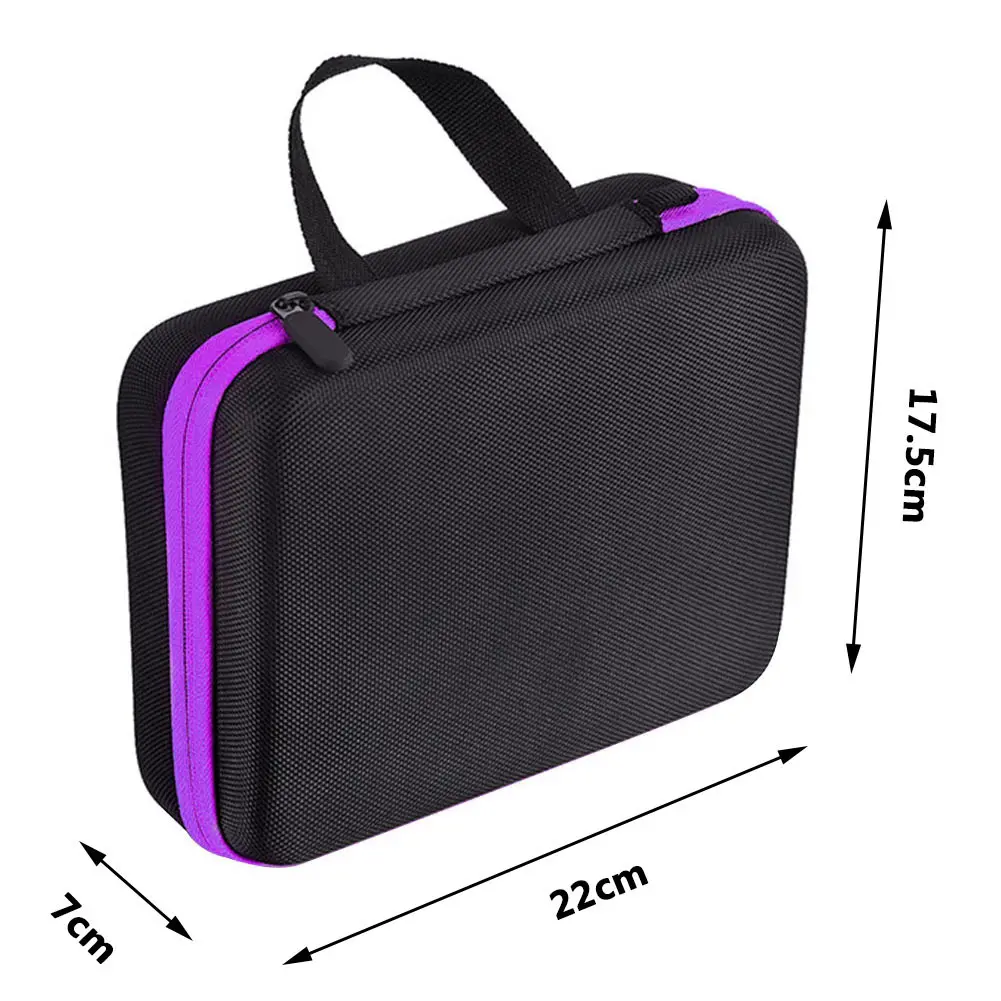In the quest for sustainable practices, the production of EVA (ethylene-vinyl acetate) bags has come under scrutiny for its environmental impact. As a manufacturer, it is crucial to ensure that your EVA bags meet the highest environmental standards. This blog post will guide you through the necessary steps and considerations to maintain eco-friendly production processes.
Understanding EVA and Environmental Standards
EVA is a versatile material known for its cushioning, insulation, and durability. It is widely used in various applications, including packaging, footwear, and outdoor gear. However, the production process must adhere to strict environmental regulations to minimize its ecological footprint
Key Environmental Regulations for EVA Production
RoHS Directive: Restricting the use of certain hazardous substances in electrical and electronic equipment, which includes EVA materials used in such products
REACH Regulation: A European regulation concerning the Registration, Evaluation, Authorization, and Restriction of Chemicals. EVA production and use must comply with this regulation to ensure safety and environmental protection
National Environmental Protection Standards: Standards set by countries like China that regulate the production and use of EVA to reduce pollution and promote green manufacturing
Steps to Ensure Environmental Compliance
1. Raw Material Sourcing
Start with high-quality, eco-friendly raw materials. Ensure that your EVA pellets are sourced from suppliers who adhere to sustainable practices and provide quality certificates and test reports
2. Production Process
Implement a clean production process that minimizes waste and emissions. This includes:
Efficient Use of Resources: Optimize your production line to reduce material waste and energy consumption.
Waste Management: Establish a system for recycling and reusing waste materials, such as scrap EVA, to reduce landfill contributions
Emission Controls: Install equipment to capture and treat emissions from the production process to meet air quality standards
3. Quality Control
Adopt a robust quality control system to ensure that your EVA bags meet the required environmental and performance standards. This includes regular testing for:Physical Properties: Hardness, tensile strength, and elongation at break.
Thermal Properties: Melting point, thermal stability, and resistance to heat aging.
Chemical Resistance: Ability to withstand exposure to various chemicals without degradation
4. Packaging and Transportation
Use eco-friendly packaging materials and opt for transportation methods that emit fewer greenhouse gases. This not only reduces the carbon footprint but also aligns with the green packaging trend
5. End-of-Life Considerations
Design your EVA bags to be recyclable or biodegradable to minimize their environmental impact after use. This aligns with the circular economy principles and helps in reducing plastic pollution
6. Compliance Documentation
Maintain detailed records of your production processes, waste management, and environmental impact assessments. This documentation is crucial for regulatory compliance and can also be used to demonstrate your commitment to sustainability to customers and partners
7. Continuous Improvement
Regularly review and update your environmental management practices based on the latest industry standards and technological advancements. This ensures that your production process remains at the forefront of environmental sustainability
Conclusion
By integrating these steps into your EVA bag production process, you can significantly reduce the environmental impact of your operations. Not only does this contribute to global sustainability efforts, but it also positions your brand as a leader in eco-friendly manufacturing. The future of manufacturing lies in harnessing innovation for environmental compliance, and EVA bag producers have a unique opportunity to set the standard.
Post time: Dec-18-2024





